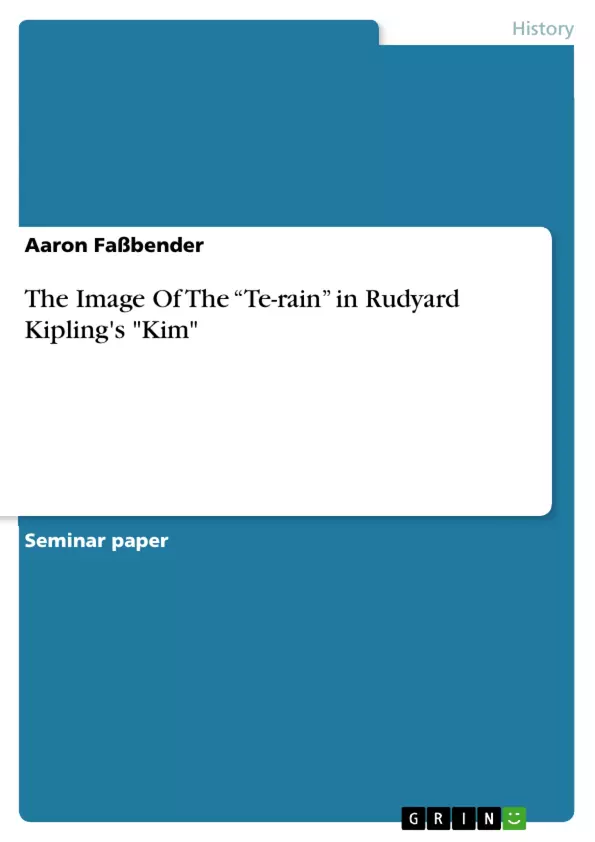1. Introduction
There is no other institution in Rudyard Kipling‟s Kim, which has a comparable importance for the description of India than the railway. It serves not only as a location for the plot, but as a symbol for the power and the progress of the British Empire in India. On the following pages these roles of the “te-rain” will become investigated: After a view on the history of the railway in colonial India, its importance for the story and as a metaphor of the colonial Empire will be discussed. The conclusion will deal with the question how Kipling‟s introduction of the train in his novel fits together with his inter-pretation of Empire.
Table of Contents
- Introduction
- A short overview of the history of the Indian Railway in the 19th century
- Railways as a symbol of the British Imperialism
- The "te-rain" as a location in Kipling's novel
- The meaning of the train in the author's view of colonial India (Conclusion)
Objectives and Key Themes
This text aims to explore the significance of the railway in Rudyard Kipling's novel Kim, analyzing its role as both a physical location and a symbolic representation of British Imperialism in India.
- The historical development of the Indian railway system in the 19th century
- The railway as a symbol of British power and progress
- The impact of the railway on Indian society and culture
- Kipling's portrayal of the railway as a force for change in colonial India
Chapter Summaries
The first chapter introduces the theme of the railway's importance in Kim and its symbolic significance for the British Empire. The second chapter provides a historical overview of the development of the Indian railway system in the 19th century, highlighting its role in British imperial control of the economy. The third chapter examines the railway as a symbol of British Imperialism, analyzing how it was perceived by characters in Kipling's novel and by the Indian people at the time. The fourth chapter focuses on the railway as a physical location in the novel, highlighting its significance as a setting for interaction and cultural exchange. The fifth chapter (Conclusion) explores the broader implications of Kipling's portrayal of the train in relation to his views on colonial India, but is not summarized here to avoid spoilers.
Keywords
This text explores key themes and concepts such as British Imperialism, the Indian Railway, colonial India, modernization, cultural change, and the symbolic representation of power through physical infrastructure.
- Quote paper
- M. A. Aaron Faßbender (Author), 2005, The Image Of The “Te-rain” in Rudyard Kipling's "Kim", Munich, GRIN Verlag, https://www.grin.com/document/182499



